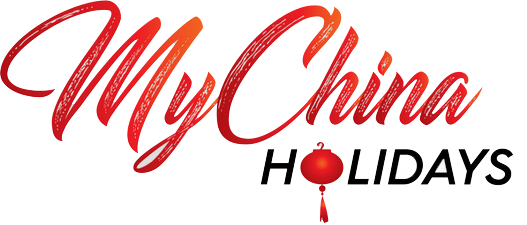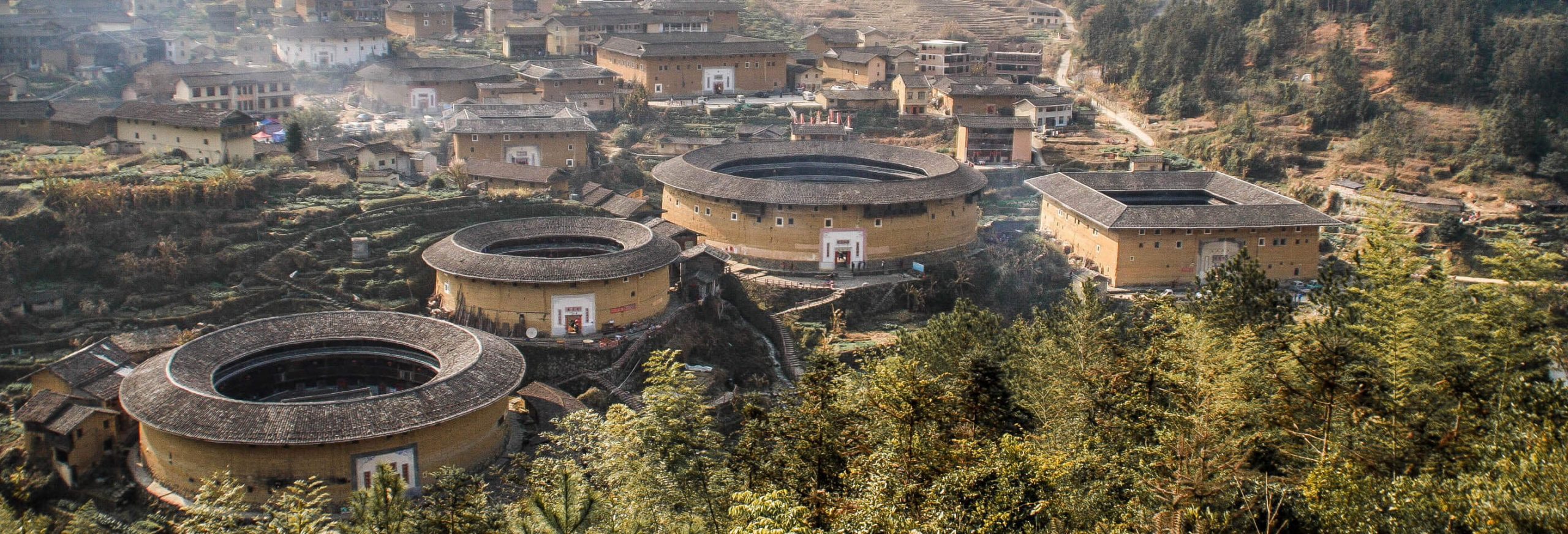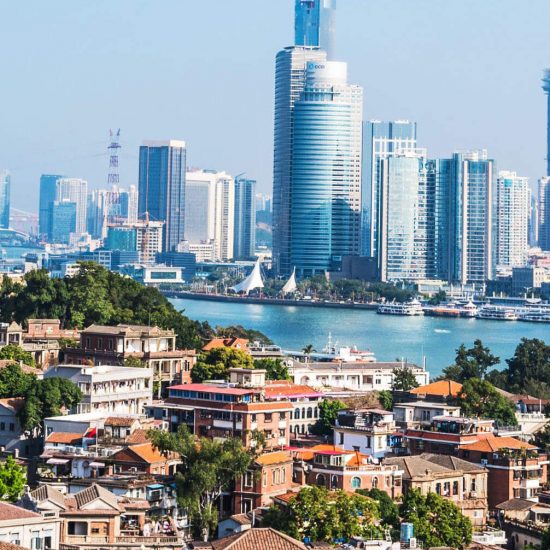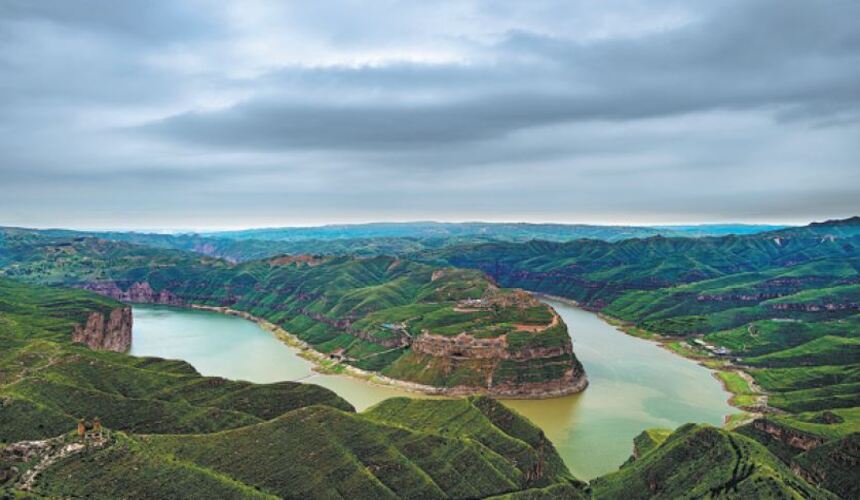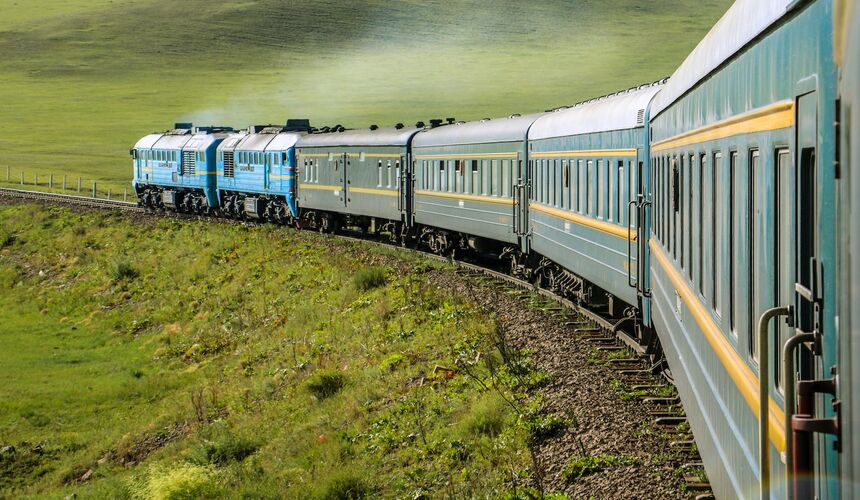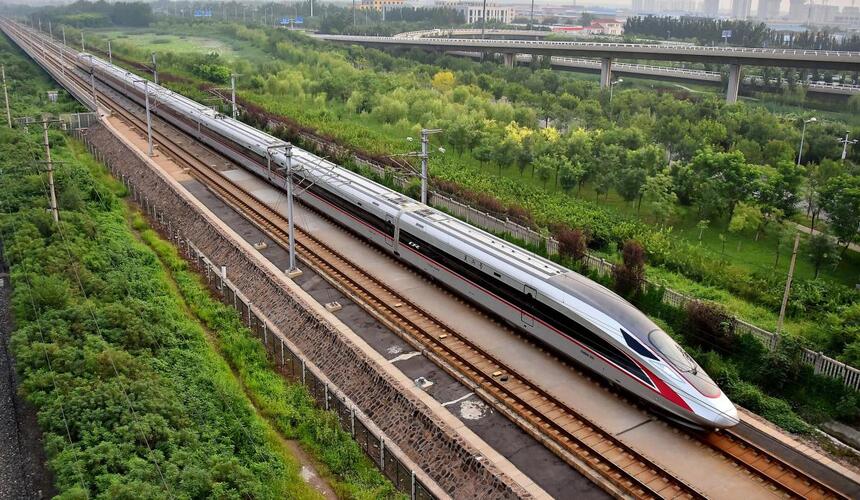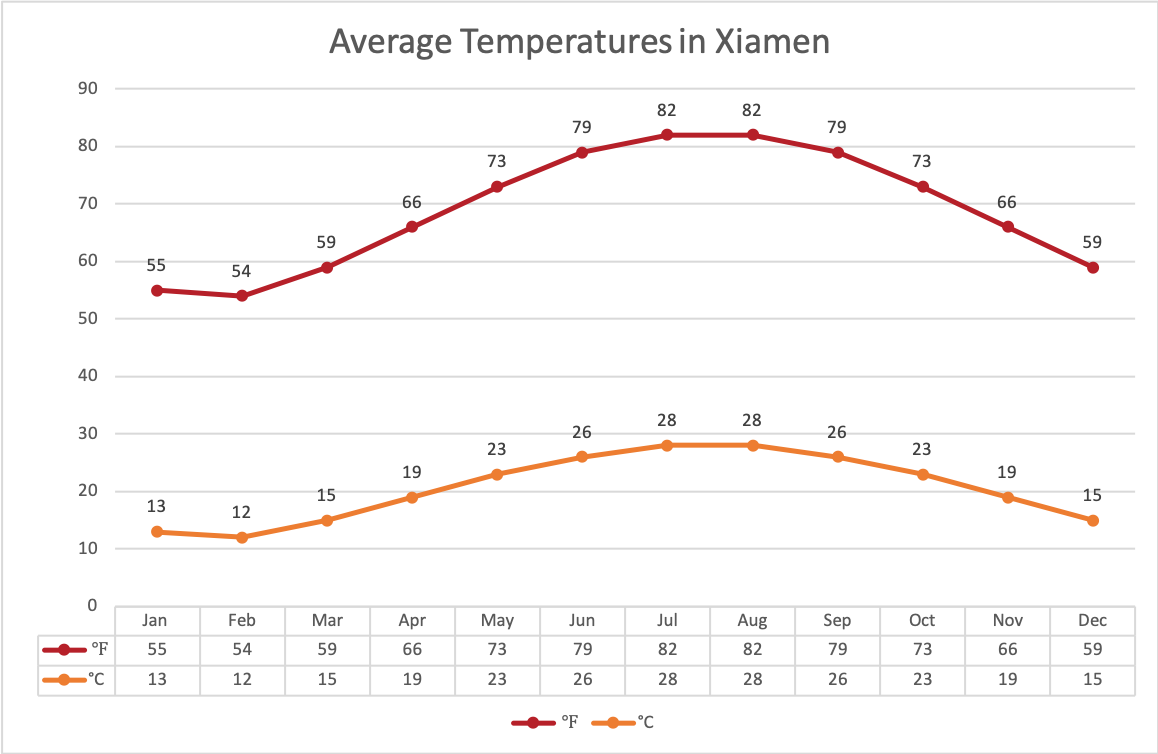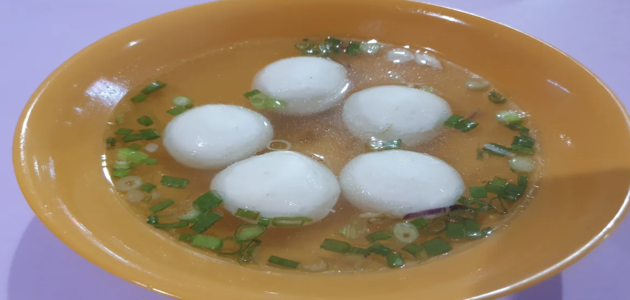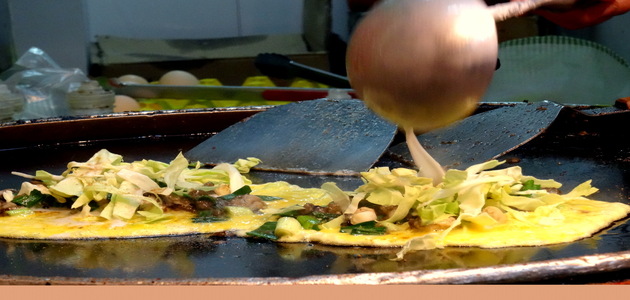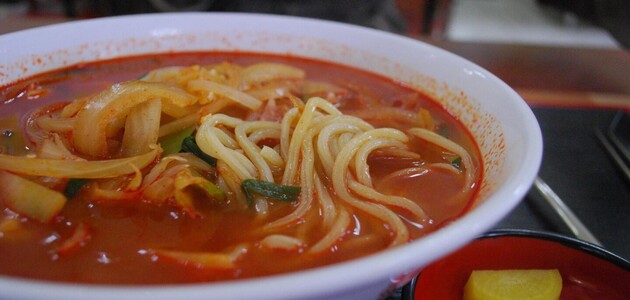The castle of hakka
Walk leisurely into the garden city mounted on the sea, Xiamen. A popular travel destination sits on the southeast coast of Fujian Province. A survey reports that it is not only the most liveable, but also the most cleanest and romantic city in China. You can begin by admiring the works of art at the sacred religious sites, marveling at the impressive architectural Fujian Tulou, exploring the natural scenic areas, enjoying outstanding biodiverse parks and meeting the renowned Hakka cultural people who still live in there with a great history of hundreds of years.
Xiamen is suitable for travel all year round, but the ideal seasons if spring and fall especially from April to November. One of the best seasons to visit Xiamen is in the spring. The weather in spring changes frequently and sometimes with low temperatures as well as rainy days. The temperature ranges from 16.8 to 24.3 °C. Summer is the warmest season. Over 35°C is possible to experience. Typhoons are common this season. Average temperature is approximately 27.4 °C. Autumn brings nice weather, with an average temperature of approximately 21°C. The wintertime average temperature is roughly 13.3°C. There will be cold waves, extremely cold air, frost, and frequent coastal gales during this season.
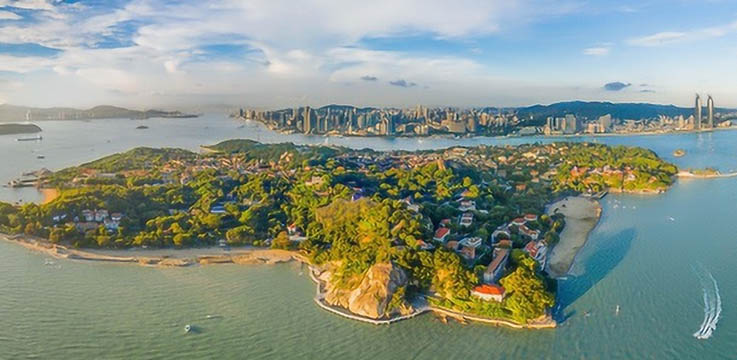
Kulangsu
Kulangsu, is a stunning gem in Xiamen, earning a string of nicknames “The Garden on the Sea”. You can find beautiful colonial buildings, have a romantic walk nearby the sea and explore lighted artistic sculptures.An island with a blend of Southeast Asian, European, and Chinese architectural and cultural features is covered by a Historic International Settlement. The blending of cultures also gave rise to the Amoy Deco architectural style.
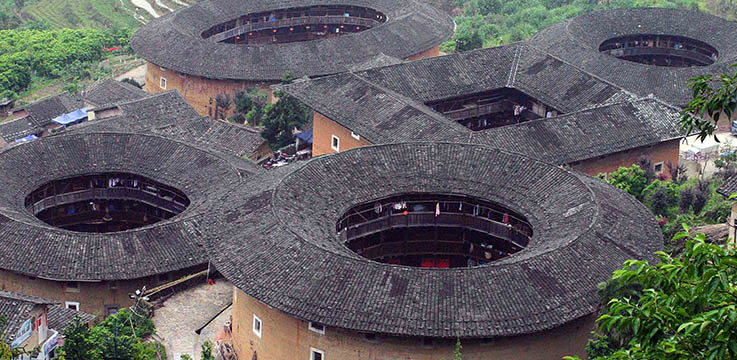
Fujian Tulou
Fujian is famous for its landmarks named Tulou, where you can meet the renowned Hakka cultural people who still live here with a great history of hundreds of years. This is the most popular attraction point consisting of a rectangular tulou with four circle tulou. When overlooking Tianluokeng Tulou from the observation deck, you will find that the shapes of these 5 tulou buildings are magically similar to Chinese dishes. Therefore, it is also named ``Four Dishes and One Soup``.
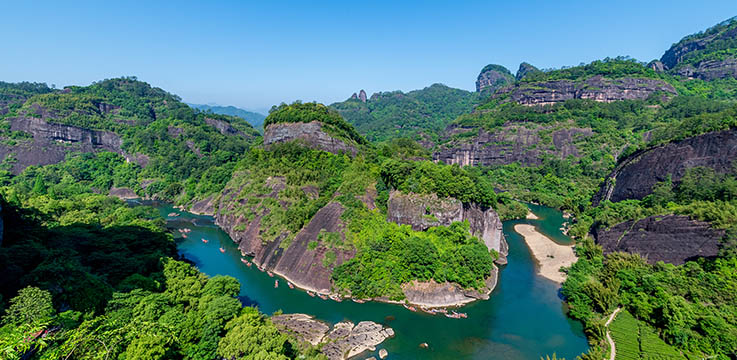
Wuyi Mountain
The Wuyi Mountains belong to the most magnificent and idyllic places in China. The scenery is filled with deep canyons, high waterfalls, incredible caves and numerous temples and monasteries. The Nine-Bend Creek is surrounded by mountains. You can get on a bamboo raft to enjoy this poetic landscape. Also, set in a narrow canyon surrounded by sheer rock cliffs, this is the main growing and exhibition area of the most famous tea of Dahongpao.
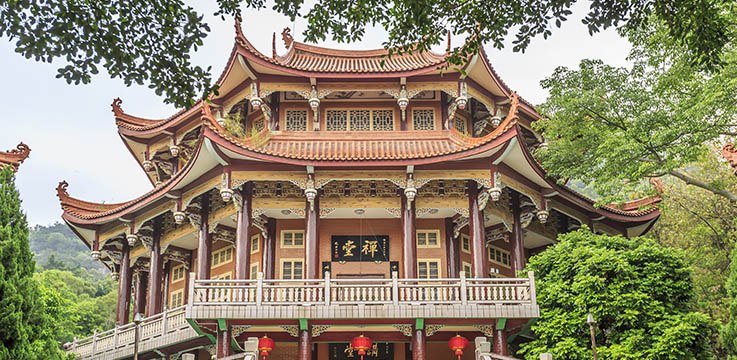
South Putuo Temple
South Putuo Temple is one of the most prosperous temples in Xiamen. The architecture of the temple is very detailed and old. It was constructed in the Tang Dynasty (618-907). Then after it was reconstructed in the twenty-third year of the Qing Dynasty (1644–1911) under Kangxi, after work continued in several succeeding dynasties. Numerous books, archives, and artifacts related to Buddhism are preserved in the Sutra Hall. Stone inscriptions surrounding the temple have survived to this day.

Hulishan Fortress
Hulishan Fortress is a well-known national historical and cultural site. It was built in 1894. It is located in the south of Xiamen Island at the top of Huli Hill, overlooking the sea. It has a 70,000 square meter construction area and a 13,000 square meter floor area, with half of it covered by parapets and spaces for the ground. It combines elements of the Ming and Qing periods' Chinese and European styles. The fortress will be particularly interesting to history buffs.
The primary representative of Fujian food, which is well-known throughout China, is Xiamen cuisine. Sweet and fresh flavors are most frequently used. The most popular ingredient is seafood. Shrimp sauce and oil are often used to enhance the flavor of the dish. Simmering, stewing, steaming, frying, and quick-frying are examples of common cooking techniques. Authentic Hakka cuisine may be found at numerous restaurants in Xiamen, where Hakka cuisine has a significant influence.
Must-try: Satay Noodles, Oyster Omelette, Stuffed Crepes, Deep Fried Tofu Dumplings, Fish Ball Soup, Ginger Duck, Tong’an Steamed Pork, Shrimp Noodles
Air
Xiamen Gaoqi International Airport is the only airport in Xiamen. The airport offers international flights to over 45 destinations and over 90 Chinese local cities. Therefore, the most common method to travel to Xiamen is usually by air. From the airport, it will take you roughly 12–20 kilometers (around 30 minutes by car) to the ports in Xiamen in order to get onboard a ferry to Gulangyu Island. You can also go between the airport’s Terminals 3 and 4 and the ferry ports (such as Lundu Port and Dongdu Port), rail stations (such as Xiamen North Railway Station and Xiamen Railway Station), Xiamen University by using the Airport Shuttle Buses.
Train
In Xiamen, there are two major train stations which are Xiamen Railway Station and Xiamen North Railway Station. The primary tourist attractions in Xiamen’s downtown are close to the Xiamen Railway Station. However, there are typically more bullet train schedules at Xiamen North Railway Station such as high-speed trains to Beijing, Shanghai, Xian, Guangzhou, Shenzhen, Huangshan, Guilin, Chengdu, etc. Additionally, you can go from Xiamen to the neighboring Fujian attractions, such as Wuyi Mountain.
